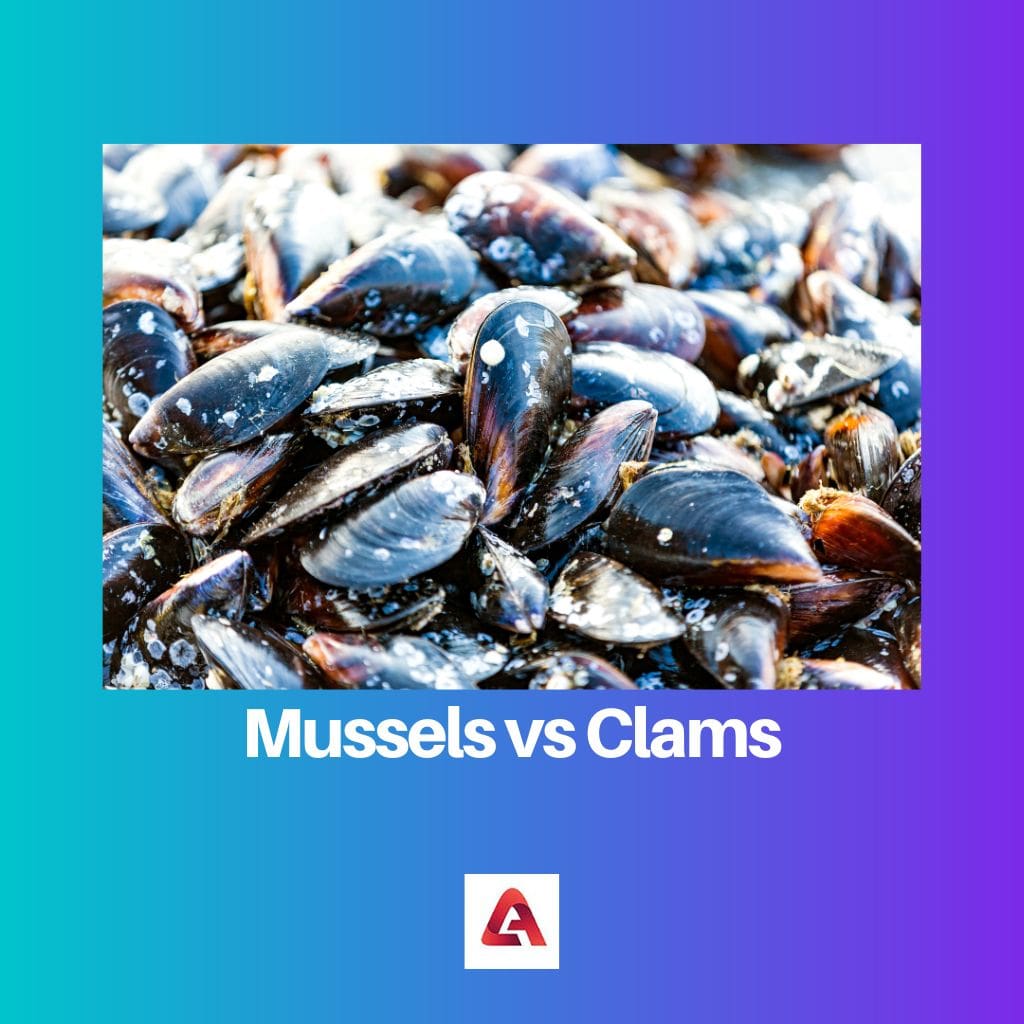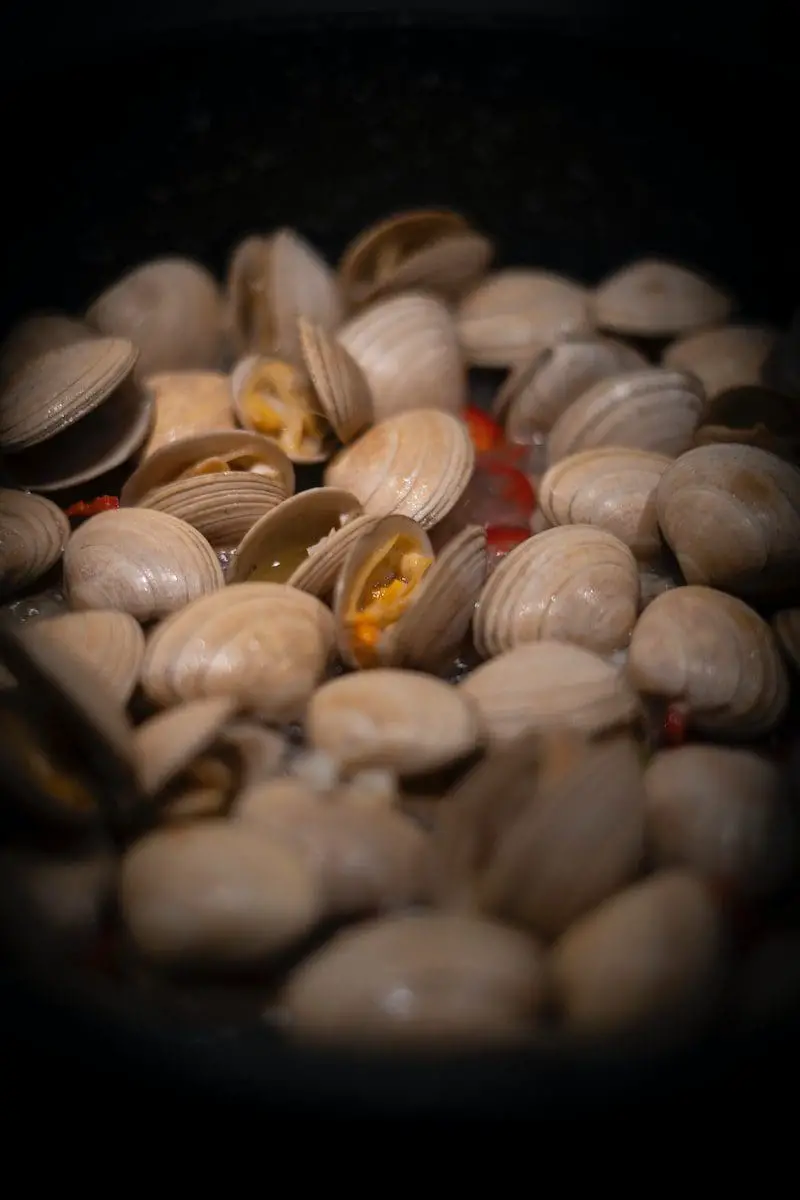Aquatic life is life in underwater bodies; plenty of aquatic animals and plants cannot survive without water. Their body system is adapted to survive in water.
Unlike human beings, they have special features that help them to adapt to such situations.
A huge variety of animals and plants is seen in aquatic water bodies. Fishes are cliche, but there are different animals like porpoises, shrimps, dugongs, etc. In plants, there are water hyacinths, water poppies, mosaic flowers, etc.
Some aquatic animals are edible and said to be the most nutritious; some places are settled on the banks of coastal regions, and thus seafood becomes their staple food.
Seafood is said to have high nutritional value without any compromise with taste.
There is a large variety of seafood available across the world. Seafood is best known for its iodine content in it. Every type of seafood will provide iodine to some extent.
People who have a deficiency of iodine are recommended seafood. For example, fishes, shrimps, molluscs, octopuses, etc.
Key Takeaways
- Mussels possess elongated, asymmetrical shells and attach to surfaces using byssal threads.
- Clams have rounded, symmetrical shells and burrow into sand or mud.
- Both mussels and clams are bivalve mollusks but differ in habitat, shell shape, and methods of attachment or burrowing.
Mussels vs Clams
Mussel is a seafood. They are thin and long in shape. They cannot be eaten raw. Mussels are cheap and rich in protein. Overeating mussels can be problematic. Clam is also a seafood found in salty water. They have oval shape and are big in size. They can be eaten raw. They are salty in flavor. Clams are expensive.

Comparison Table
| Parameters of Comparison | Mussels | Clams |
|---|---|---|
| Texture | Soft and tender | Rubbery |
| Taste | Mild salty | Moderately salty |
| Colour | Blue, green, or black | Tan, white, or beige |
| Shape | Long and pointed | Round |
| Price | low | high |
What is Mussels?
Mussels is a name commonly used for families of bivalve molluscs. Mussels shellfishes are edible, although some of them are not. They are considered seafood and are admired by several people.
Mussels have long and thin shapes, in blue, black, or green colours. Their texture is chewy but soft and tender; they have a natural ocean flavour rather than too salty, as clams have.
Mussels are always eaten cooked; it is popular in curry sauces. They are steamed or cooked with wine. They can be found in fresh and saltwater; the edible bivalve comes from the marine family mytilidae.
Mussels are attached to a thread structure known as a byssal thread which helps them to form a substrate. Mussels are low in price because of the zero input, which means they need to be any food or fertilizers.
Sometimes there is a black substance present in a mussel; that black substance is probably plankton, which is a sort of food stuck in the mussel’s digestive tract.
There are a lot of ways to eat mussels. One of the famous curries which include mussels is Thai curry.
Mussels are a great source of protein; they have high zinc content and iron. They are low in calories and fat and have other great nutrients and minerals accompanied by mussels’ aesthetic taste.
Mussels are a great source of nutrients, but overeating can cause problems.
It has been observed that sometimes mussels or the molluscs family can cause poisoning in the human body and lead to diarrhoea, vomiting, neurotoxic effects, etc.

What is Clams?
Clam is a common name used for several bivalve molluscs families. They are edible, although some of them are not. They are considered seafood; they hide in sediments and are found only in salty water.
Clams are found in an oval shape; they have round and stouter bodies. They are found in tan, beige, or white colours.
They are bigger, probably 500 pounds in weight and 4.25 feet in length, compared to mussels. One of its species is consumed indulging in clam chowder.
Clams are eaten raw and cooked; they taste salty, unlike mussels. They have a chewy texture but are a bit rubbery; their salty flavour is delicious. They are not found attached like muscles but rather found buried in sediments.
Clams are high in price when compared to mussels; the reason for their high cost is that clams are not easy to cultivate like mussels, they need to be found in sand and then cultivated to develop them, and food is also provided.
Clams are found on seashores; they consist of seafood as they cannot live without water for more than 2 or 3 days.
When cooking a clam, there is an opening present from which eating them is possible; opening that space does not kill them instantly.
Clams have an opening which gets open while cooking. If clams do not open, they are dead or full of mud. Clams should be eaten cooked as they can poison the human body if eaten undercooked or raw.
Clams are considered a lean source of protein, high in zinc and iron shellfish; they are considered suitable for immunity as they provide different types of minerals and vitamins. They also have omega-3 fatty acids, which are great sources of protein.

Main Differences Between Mussels and Clams
- Mussels are found in salt and freshwater, whereas clams are found only in freshwater.
- Mussels are long and pointed in shape, while clams are round and stouter in shape.
- Mussels are found in blue hues like blue, green or black, whereas clams are found in colours like tan, beige, or white.
- Mussels have a thread structure known as a byssal, which forms substrate, but clams are found buried in the sand on the seashore.
- Mussels are low in maintenance and price, but clams are comparatively high in maintenance and price.


This article is full of important and useful information on aquatic life. The details on mussels and clams are fascinating.
I know! I had no idea about the differences between mussels and clams until I read this. Very informative.
The information about mussels and clams is fascinating. I love learning about different types of seafood.
I never knew there was so much to learn about mussels and clams. This is great!
This is a very interesting read. Mussels and clams have different characteristics and uses.
The comparison table is very helpful, and it’s good to know about the difference in textures and tastes between mussels and clams.
I agree, it has made me appreciate these seafood options even more.
I’m glad I learned something new today. Great post.
Excellent article! The detailed description of mussels and clams is very informative.
This article provides valuable insights into mussels and clams. The facts are enlightening and engaging.
I appreciate the depth of information on mussels and clams. A fascinating read.
I’m learning so much from this post. It’s well-researched and informative.
The information on mussels and clams is well-presented and backed by facts. A very educational post.
Absolutely agree. This is a wonderful source of knowledge for seafood enthusiasts.
The section about the black substance in mussels was especially interesting. I enjoyed reading this detailed post.
Interesting and educational. I appreciate the explanations and comparisons.
I found the information about the black substance fascinating as well. Great job.
This post offers a comprehensive comparison of mussels and clams, providing important details about texture, taste, and nutritional value. Well done!
I agree, the comprehensive information makes this a fantastic resource for anyone interested in seafood.
I appreciate the details on the nutritional content and health effects of mussels. It’s great to see the focus on facts and benefits.
I couldn’t agree more. This post is a wealth of seafood knowledge.
I had no idea about the nutritional value and differences in texture between mussels and clams. I appreciate the detailed comparison.
Agreed. This article has increased my knowledge about seafood.